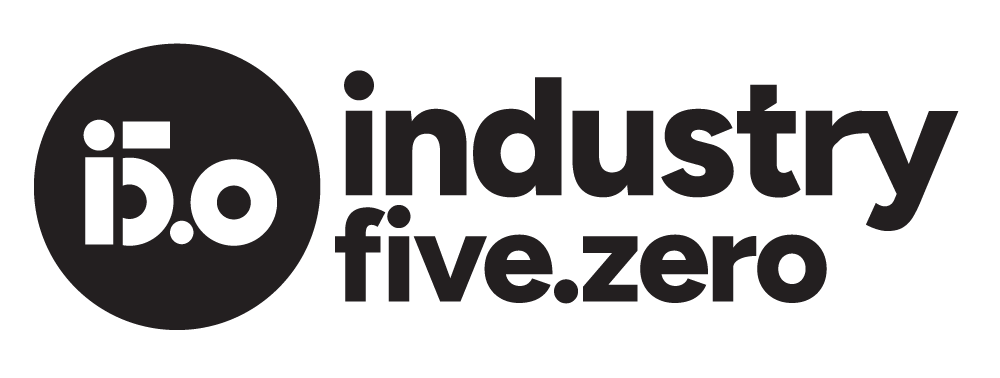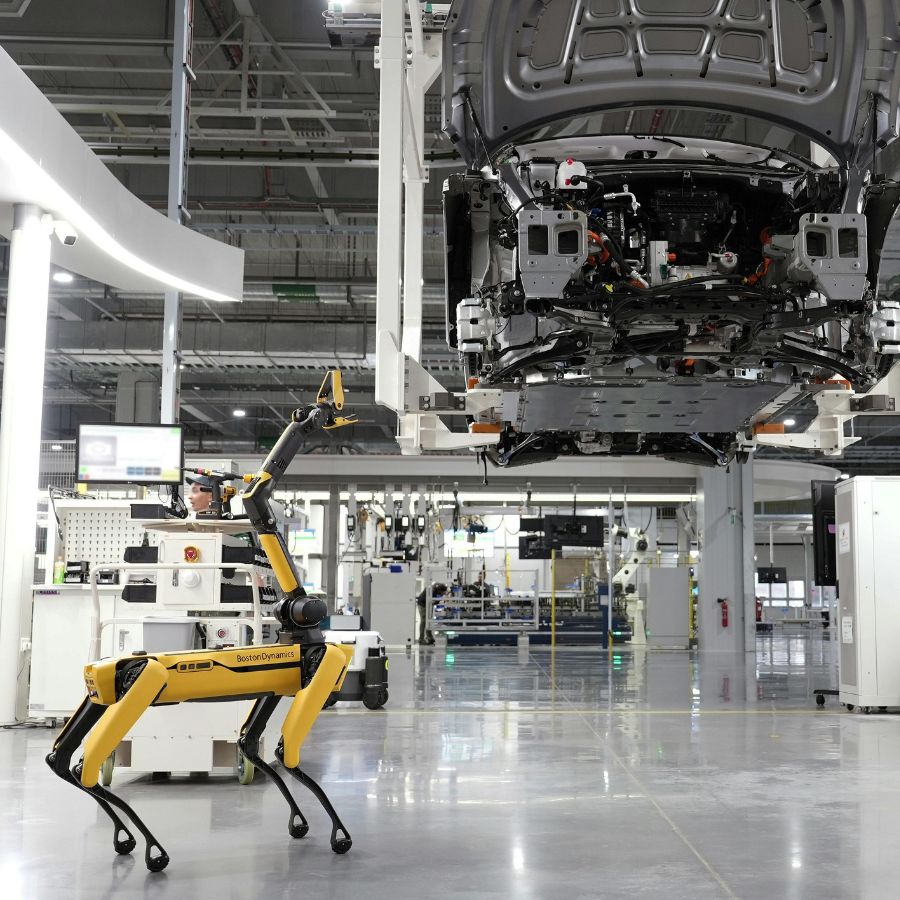The global transition to Industry 5.0 represents a profound shift in how economies, societies, and workplaces operate. Unlike its predecessor, Industry 4.0, which was primarily focused on automation, digitalisation, and efficiency, Industry 5.0 is explicitly human-centric, sustainable, and resilient.
This new paradigm demands education and training systems that equip learners not only with advanced technical skills but also with the creativity, adaptability, and ethical grounding needed to thrive in complex and interconnected environments.
This manifesto sets out a vision for transforming education and training to meet these challenges. It provides guiding principles, policy directions, and recommendations for leaders in education and training.
- Context: Why Industry 5.0 Matters for Education
- From Efficiency to Human Flourishing: Industry 5.0 shifts the focus from maximising productivity to creating value that supports wellbeing, sustainability, and resilience.
- Changing Workforce Demands: Automation, artificial intelligence, and robotics are redefining tasks. The future workforce must combine human creativity and empathy with technological fluency.
- Sustainability & Responsibility: Students must be prepared to lead on climate action, resource efficiency, and social inclusion.
- Global Competitiveness: Nations that align education with Industry 5.0 principles will lead in innovation and societal resilience.
- Principles for Industry 5.0 Education & Training
- Human-Centric Learning
- Prioritise critical thinking, creativity, empathy, and collaboration.
- Ensure students learn how to work alongside — and shape — emerging technologies.
- Technology with Purpose
-
- Position AI, robotics, and digital technologies as tools for human wellbeing and sustainability.
- Teach students the ethical, social, and environmental implications of technology.
- Skills for Life, Not Just Work
-
- Embed adaptability, resilience, and lifelong learning as core competencies.
- Develop systems thinking to help learners navigate interconnected challenges.
- Learning by Co-Creation
-
- Move from rote learning to co-creation of knowledge through projects, inquiry, and problem-solving.
- Strengthen links with industry, community, and civil society.
- Sustainability at the Core
-
- Integrate climate literacy, circular economy, and regenerative design across curricula.
- Equip learners to solve pressing environmental and social challenges.
- Inclusivity and Access
-
- Guarantee equitable access to digital tools, flexible pathways, and personalised learning.
- Actively address inequalities in opportunity and outcomes.
- Partnerships for Impact
-
- Build alliances between education institutions, employers, policymakers, and communities.
- Create innovation ecosystems reflecting Industry 5.0 values of collaboration and responsibility.
- Educators as Change Leaders
-
- Invest in continuous professional development for teachers and trainers.
- Position educators as facilitators of innovation, curiosity, and future-oriented thinking.
- Policy Recommendations
For Governments & Policymakers
- Embed Industry 5.0 competencies into national curricula and qualifications frameworks.
- Provide funding for cross-sector innovation projects linking schools, universities, and industry.
- Establish policies for universal access to digital infrastructure and devices.
- Incentivise green skills and sustainability education at all levels.
For Education Institutions
- Redesign curricula to emphasise co-creation, critical thinking, and real-world problem-solving.
- Partner with employers and communities to offer experiential learning opportunities.
- Create flexible learning pathways to support reskilling and lifelong learning.
- Invest in educator training to align pedagogy with Industry 5.0 values.
For Employers & Industry Partners
- Collaborate with education providers to define future skills needs.
- Offer apprenticeships, internships, and co-designed learning projects.
- Support lifelong learning through flexible, work-integrated programmes.
- Co-invest in innovation hubs and living labs with education institutions.
- Measuring Success
Progress toward an Industry 5.0-aligned education system should be tracked through:
- Learner Outcomes: Creativity, adaptability, and ethical leadership.
- Sustainability Metrics: Integration of green skills and impact on environmental goals.
- Equity Indicators: Inclusion of disadvantaged groups in advanced education and training.
- Innovation Outputs: Number of co-created projects, patents, and community innovations.
- Employer Feedback: Evidence of graduates’ readiness for Industry 5.0 workplaces.
- Call to Action
Education leaders stand at a defining moment. The choices made today will determine whether future generations inherit systems designed for efficiency alone, or ones that place human flourishing, sustainability, and resilience at their core.
As a community of policymakers, educators, employers, and learners, we must commit to:
- Embedding Industry 5.0 principles in education and training.
- Harnessing technology for ethical, inclusive, and sustainable purposes.
- Preparing students not only for jobs — but for shaping a better society.
This is the future of education in the Industry 5.0 era. The time to act is now.







